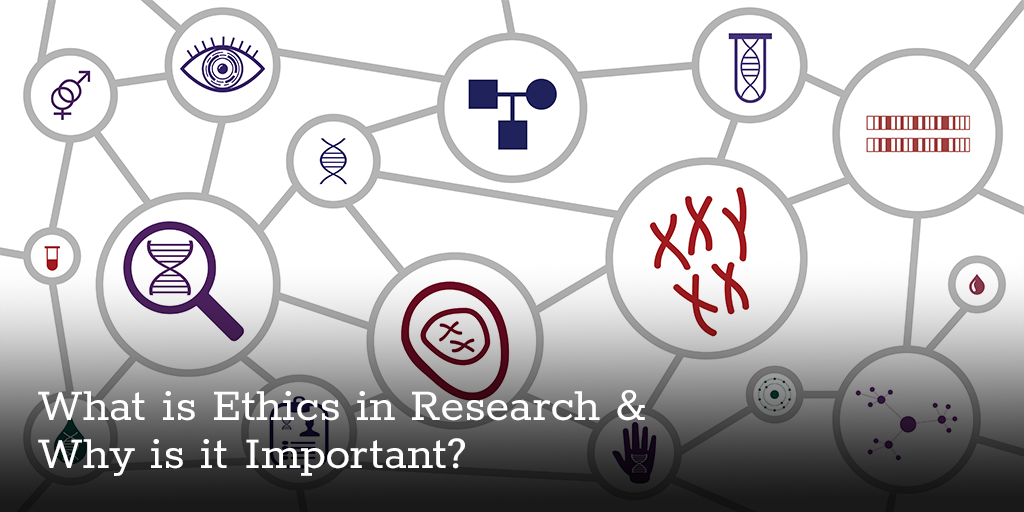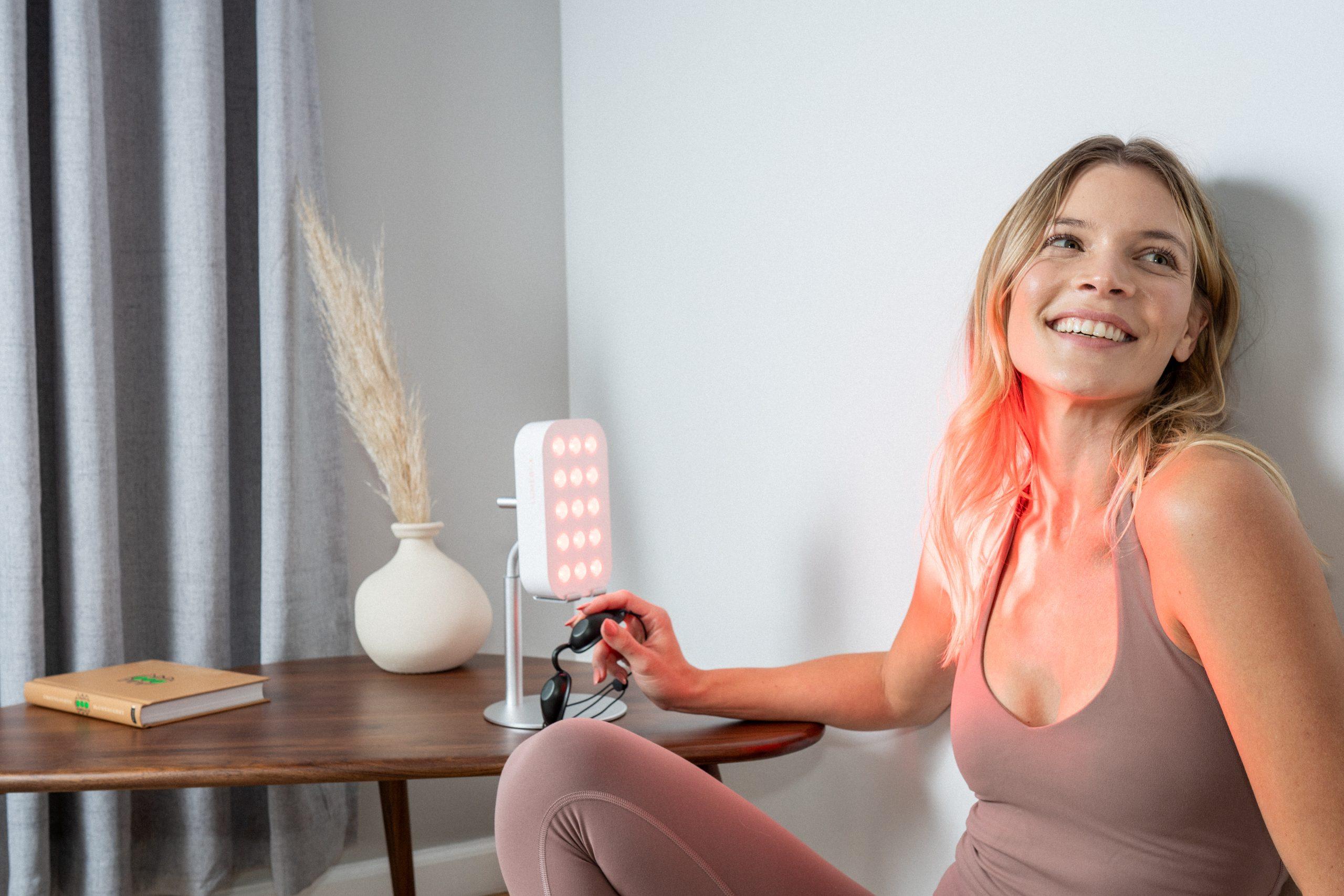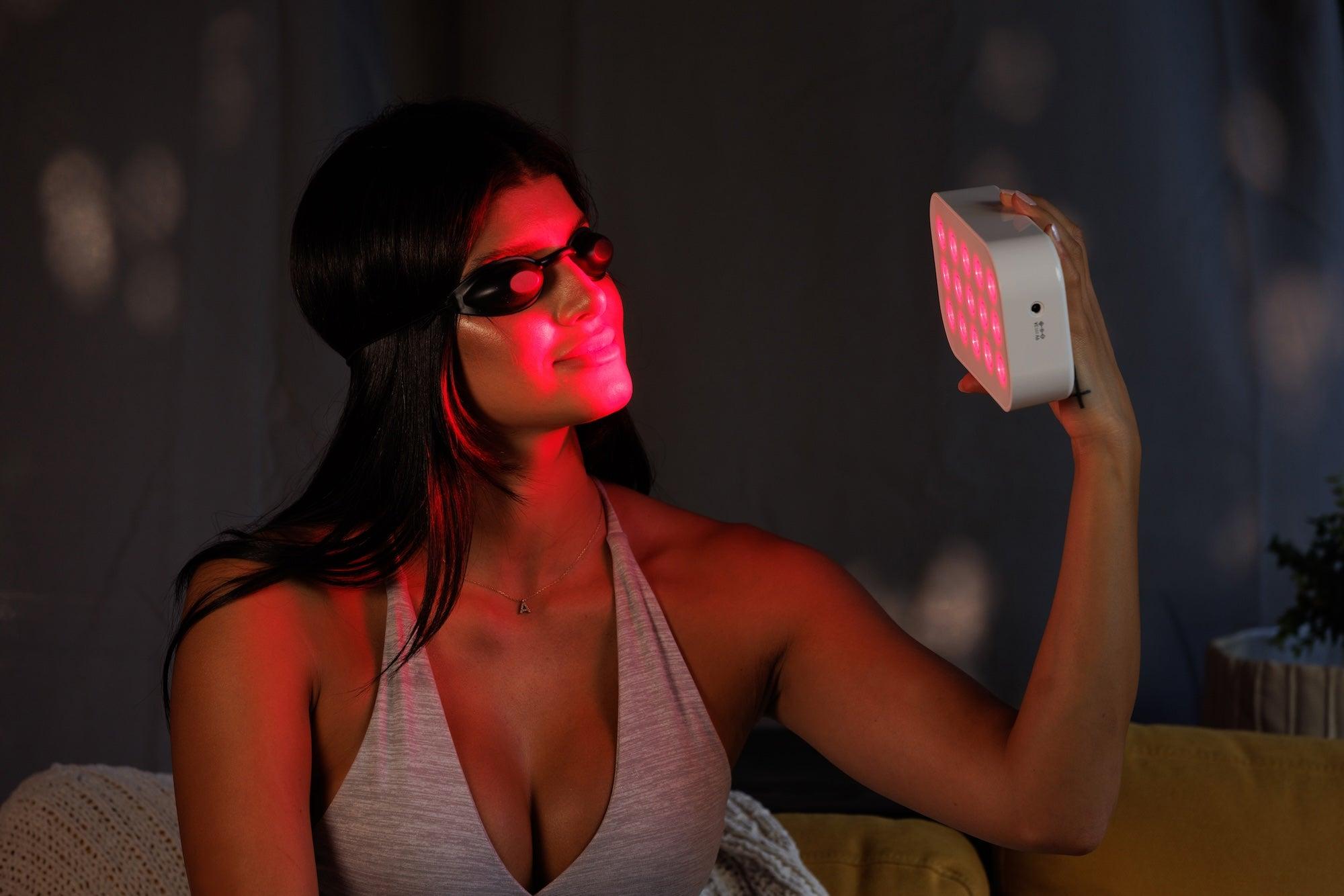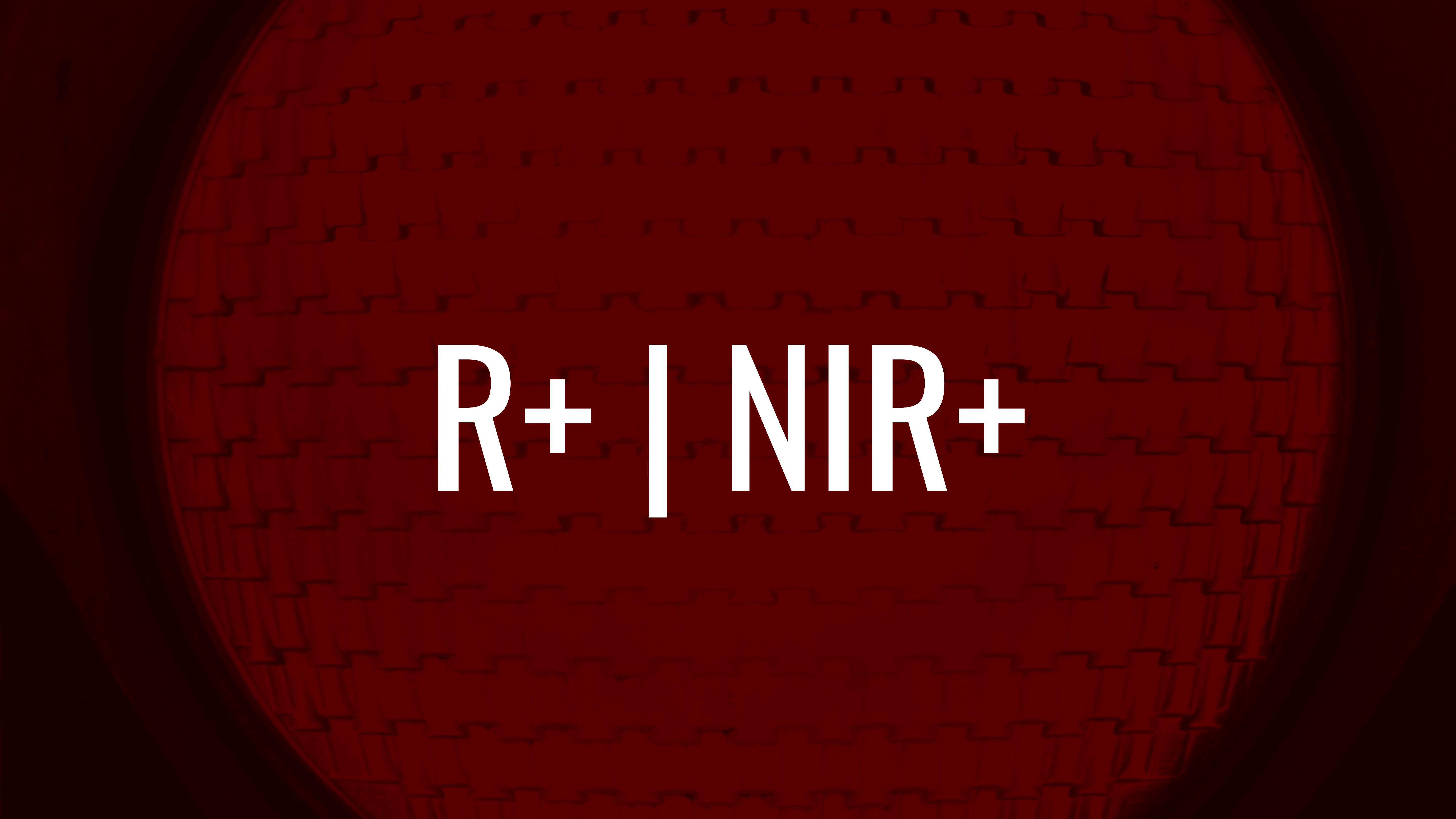As expectant mothers embark on the incredible journey of pregnancy, every decision regarding their health and wellness becomes paramount. A common question that arises amidst the growing interest in alternative therapies is: Is Light Therapy Safe For Pregnant Women? At Glow Pulse Therapy, we understand the importance of making informed choices, especially during such a delicate and transformative time. Our commitment is to provide clear, reliable, and evidence-based information to help you navigate your prenatal wellness journey with confidence and peace of mind.
Understanding Light Therapy: A Quick Overview
Light therapy, often referred to as photobiomodulation (PBM) or low-level light therapy (LLLT), utilizes specific wavelengths of light to stimulate cellular functions. Unlike UV light, which can be harmful, therapeutic light therapy devices typically emit red light, near-infrared (NIR) light, or blue light, each targeting different cellular responses and skin depths. The science behind it suggests that these wavelengths can enhance cellular repair, reduce inflammation, alleviate pain, and improve skin health by boosting mitochondrial activity. It’s a non-invasive approach gaining popularity for various wellness and cosmetic applications, from soothing muscle aches to improving skin complexion.
The Question on Every Expecting Mother’s Mind: Is Light Therapy Safe for Pregnant Women?
The safety of any treatment during pregnancy is, understandably, a top concern. When it comes to light therapy, the answer isn’t a simple yes or no, but rather a nuanced discussion that emphasizes caution, professional consultation, and specific application methods. While many studies highlight the general safety and benefits of light therapy for the wider population, research specifically on light therapy for pregnant women is limited. This scarcity of dedicated studies means that a conservative approach is generally recommended by healthcare professionals. The key is to understand the type of light, the treatment area, and the specific concerns it aims to address.
Factors to Consider for Light Therapy During Pregnancy
Navigating the nuances of light therapy during pregnancy requires careful consideration of several critical factors. These elements can significantly impact the potential risks and benefits, guiding both expectant mothers and their healthcare providers toward the safest decisions.
- Wavelengths and Penetration Depth: Different light wavelengths penetrate the body to varying depths. Red light primarily affects surface-level tissues, such as skin, while near-infrared (NIR) light penetrates deeper into muscles and joints. The concern during pregnancy is always about the potential impact on the developing fetus, particularly with deeper penetrating wavelengths or high-intensity treatments.
- Treatment Areas: Direct application of light therapy to the abdominal area or uterus is universally advised against during pregnancy. While the risk of light reaching the fetus through the abdominal wall might be low for superficial light, the potential for unknown effects necessitates extreme caution. Treatment on other body parts, such as the face, hands, or feet, might be considered with a healthcare provider’s approval, provided the light does not indirectly affect the abdomen.
- Duration and Frequency: The intensity, duration, and frequency of light therapy sessions are crucial. Prolonged or excessively frequent exposure, especially with higher power devices, could theoretically lead to localized heating, which is a concern during pregnancy. Following manufacturer guidelines and, more importantly, a doctor’s recommendations for adapted use is vital.
- Pre-existing Conditions: Women with certain pre-existing conditions, such as photosensitivity, epilepsy, or specific dermatological issues exacerbated by light, should exercise extreme caution or avoid light therapy altogether, regardless of pregnancy status. Pregnancy itself can sometimes induce photosensitivity, making this consideration even more important.
“When considering any wellness treatment during pregnancy, especially something like light therapy, the guiding principle should always be ‘safety first.’ Due to the limited dedicated research on expectant mothers, we advocate for a highly cautious and always-consult-your-doctor approach. It’s about balancing potential benefits with absolute certainty of no harm to both mother and baby.”
– Dr. Elena Petrov, Head of Research & Development at Glow Pulse Therapy
Potential Benefits of Light Therapy for Pregnancy-Related Concerns (with caution)
While the overarching message remains caution and medical consultation, understanding the potential areas where light therapy might offer benefits (when deemed safe by a professional) can be helpful.
- Skin Issues: Pregnancy often brings about various skin changes, including hormonal acne, melasma (dark spots), and stretch marks. Red light therapy, known for its collagen-boosting and anti-inflammatory properties, is sometimes explored for these concerns. However, treatment should strictly avoid the abdominal area and always be discussed with an obstetrician or dermatologist familiar with pregnancy-safe practices.
- Mood Regulation: Some studies suggest light therapy, particularly full-spectrum light or specific wavelengths, can help with mood disorders like Seasonal Affective Disorder (SAD) by regulating circadian rhythms. While not directly related to pregnancy-induced mood changes, it’s a modality that some might consider. However, the direct impact on pregnancy-related mood shifts or its safety profile in this context requires thorough medical review.
- Minor Pain Relief: For localized aches and pains (e.g., carpal tunnel syndrome, back pain) that are common during pregnancy and not directly related to the abdomen, superficial light therapy might be considered for symptom management. Again, this must be under strict medical guidance, ensuring no deep tissue penetration or systemic effects are possible.
 A pregnant woman discussing light therapy safety with her doctor, showing a supportive consultation.
A pregnant woman discussing light therapy safety with her doctor, showing a supportive consultation.
Specific Types of Light Therapy and Pregnancy Safety
Understanding the distinctions between different types of light therapy is crucial when assessing their safety during pregnancy.
Red Light Therapy (RLT) and Pregnancy
Red light therapy uses wavelengths typically between 630-700 nanometers. It’s popular for skin rejuvenation, wound healing, and pain relief. For pregnant women, red light therapy is often discussed in the context of facial treatments for acne or melasma. Generally, due to its superficial penetration, it’s considered to have a lower theoretical risk compared to deeper penetrating wavelengths, provided it’s not applied directly to the abdomen and used at a low intensity. However, the absence of extensive studies on red light therapy pregnancy safety means that medical guidance is still paramount.
Blue Light Therapy and Pregnancy
Blue light therapy (typically 400-500 nm) is primarily used for treating acne by targeting acne-causing bacteria. It operates on the surface of the skin. While blue light therapy is generally deemed safe for topical, non-abdominal use during pregnancy for skin issues, its application should also be discussed with a healthcare provider. The primary concern is not deep tissue penetration, but rather any indirect systemic effects or individual sensitivities that might arise during pregnancy.
Near-Infrared (NIR) Therapy and Pregnancy
Near-infrared light (700-1100 nm) penetrates deeper into the body, reaching muscles, bones, and even organs. This deeper penetration means it can generate more warmth and potentially have broader physiological effects. Due to this, NIR therapy is generally advised against for pregnant women, especially when applied to or near the torso, given the limited research on its effects on fetal development and the potential for increased internal temperature.
When to Absolutely Avoid Light Therapy During Pregnancy
While caution is a recurring theme, there are definitive circumstances where light therapy must be avoided entirely during pregnancy to protect both maternal and fetal health.
- Direct Abdominal Application: This is the most critical contraindication. Under no circumstances should light therapy devices be used directly on the abdomen or pelvic area during pregnancy. The potential, even if theoretical, for effects on the developing fetus is too great.
- Certain Medical Conditions: Pregnant women with a history of photosensitivity, active skin cancers, lupus, epilepsy, or those taking photosensitizing medications (which can include some antibiotics or even certain skincare ingredients) should completely avoid light therapy. Pregnancy can sometimes amplify existing sensitivities or create new ones.
- Without Physician Consultation: Never initiate any form of light therapy during pregnancy without explicit approval and guidance from your obstetrician or a qualified healthcare provider. They are best equipped to assess your individual health profile and the specific risks and benefits.
“Our philosophy at Glow Pulse Therapy is built on empowering users with knowledge. While the allure of self-treatment is strong, especially for common pregnancy discomforts, the well-being of mother and baby must always come first. My advice is simple: when in doubt, consult your doctor. They are your primary resource for ensuring light therapy is safe for pregnant women in your unique situation.”
– Sarah Jenkins, Lead Product Specialist at Glow Pulse Therapy
Navigating Your Choices with Glow Pulse Therapy
At Glow Pulse Therapy, we are committed to upholding the highest standards of safety, transparency, and informed decision-making. Our mission is to provide cutting-edge light therapy solutions, always emphasizing responsible usage and user education. For expectant mothers, our stance is clear: while light therapy offers incredible benefits for many, the unique physiological state of pregnancy demands exceptional caution. We strongly advocate for open and honest dialogue with your healthcare provider before considering any light therapy device or treatment during pregnancy. Our resources aim to be a valuable starting point for understanding, but never a substitute for professional medical advice.
 Glow Pulse Therapy's commitment to safety in light therapy, featuring a diverse team researching.
Glow Pulse Therapy's commitment to safety in light therapy, featuring a diverse team researching.
Key Takeaways for Expectant Mothers Considering Light Therapy
- Consult Your Doctor First: This is the most crucial step. Discuss your interest in light therapy with your obstetrician, gynecologist, or a healthcare provider familiar with your pregnancy history.
- Limited Research: Be aware that comprehensive, dedicated studies on the safety of light therapy specifically for pregnant women are limited. This is why a cautious approach is taken.
- Avoid Abdominal Area: Never apply light therapy directly to your abdomen, pelvis, or uterus during pregnancy.
- Superficial vs. Deep Penetration: Be mindful of the type of light. Red and blue light therapy are generally more superficial than near-infrared, but all require professional approval.
- Individualized Assessment: What might be okay for one pregnant woman may not be for another, depending on health conditions and pregnancy specifics.
- Focus on Proven Alternatives: Prioritize safe and proven methods for managing pregnancy-related concerns, as advised by your healthcare team.
Conclusion
The question, “Is light therapy safe for pregnant women?” requires a thoughtful and cautious approach. While light therapy holds immense potential for various wellness applications, the unique and sensitive nature of pregnancy necessitates a conservative stance. At Glow Pulse Therapy, we firmly believe in empowering you with accurate information to make the best decisions for your health and your baby’s well-being. Always prioritize consultation with your healthcare provider. Your journey to prenatal wellness should be one of confidence, care, and informed choices. Explore our comprehensive resources for more information on light therapy, and remember, your well-being is our priority.
FAQ
Q1: Is red light therapy generally considered safe for use during pregnancy?
While red light therapy is largely considered safe for many individuals, studies specifically on pregnant women are limited. Most experts recommend extreme caution and discourage direct abdominal application. Always consult your obstetrician before use.
Q2: Can light therapy help with pregnancy-related acne?
Some forms of superficial light therapy, like blue light, are used for acne. However, their use during pregnancy for this purpose should only be done under the strict guidance of a dermatologist and obstetrician.
Q3: What areas of the body should pregnant women avoid applying light therapy to?
Pregnant women should absolutely avoid applying any form of light therapy directly to the abdomen, pelvic area, or uterus. Other areas should only be treated with explicit medical approval.
Q4: Are there any types of light therapy definitively unsafe for pregnant women?
Yes, near-infrared (NIR) light therapy, due to its deeper penetration and potential for heat generation, is generally advised against for pregnant women, especially on or near the torso.
Q5: Why is there limited research on light therapy and pregnancy?
Due to ethical considerations, conducting clinical trials on pregnant women can be challenging, leading to a scarcity of dedicated research specifically evaluating the safety and effects of light therapy during pregnancy.
Q6: What should I do if I’ve already used light therapy while pregnant?
If you have used light therapy during your pregnancy without prior consultation, it is crucial to inform your healthcare provider immediately. They can assess your situation and provide appropriate guidance.
Q7: Does Glow Pulse Therapy recommend specific devices for pregnant women?
Glow Pulse Therapy provides informational resources on light therapy. We strongly advise all pregnant women to consult with their healthcare provider before using any light therapy device, as medical advice must be individualized.



